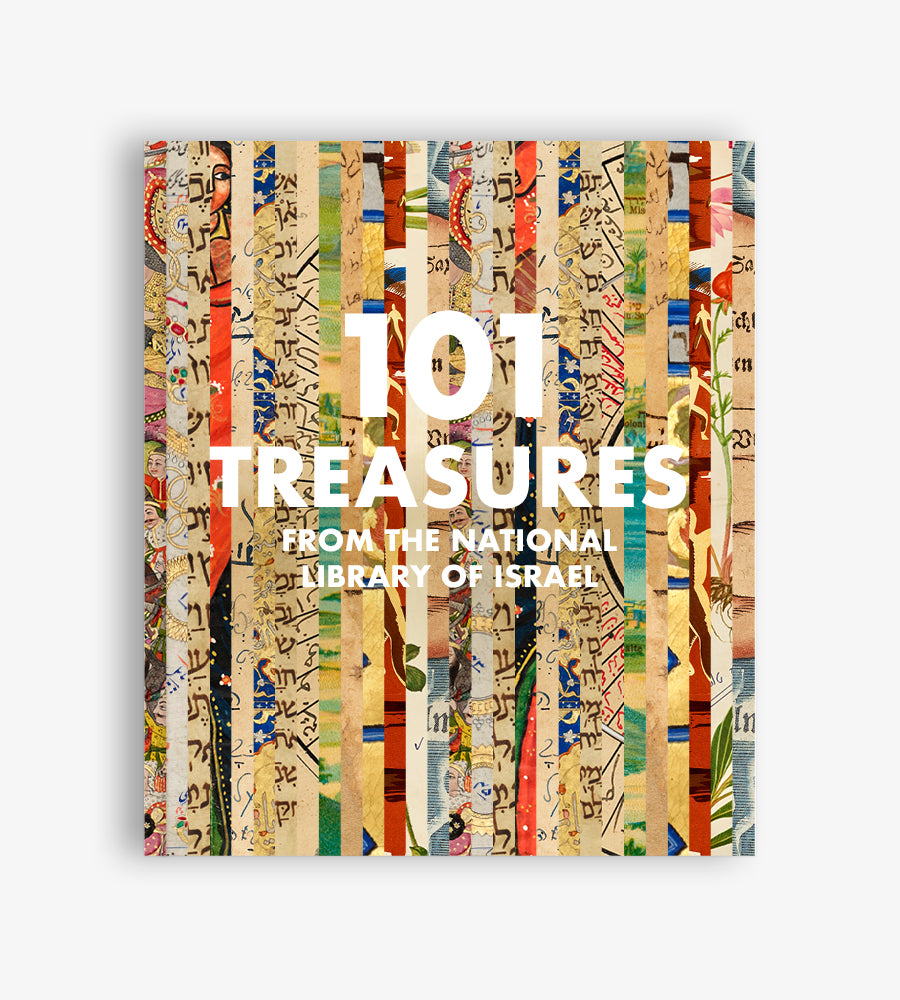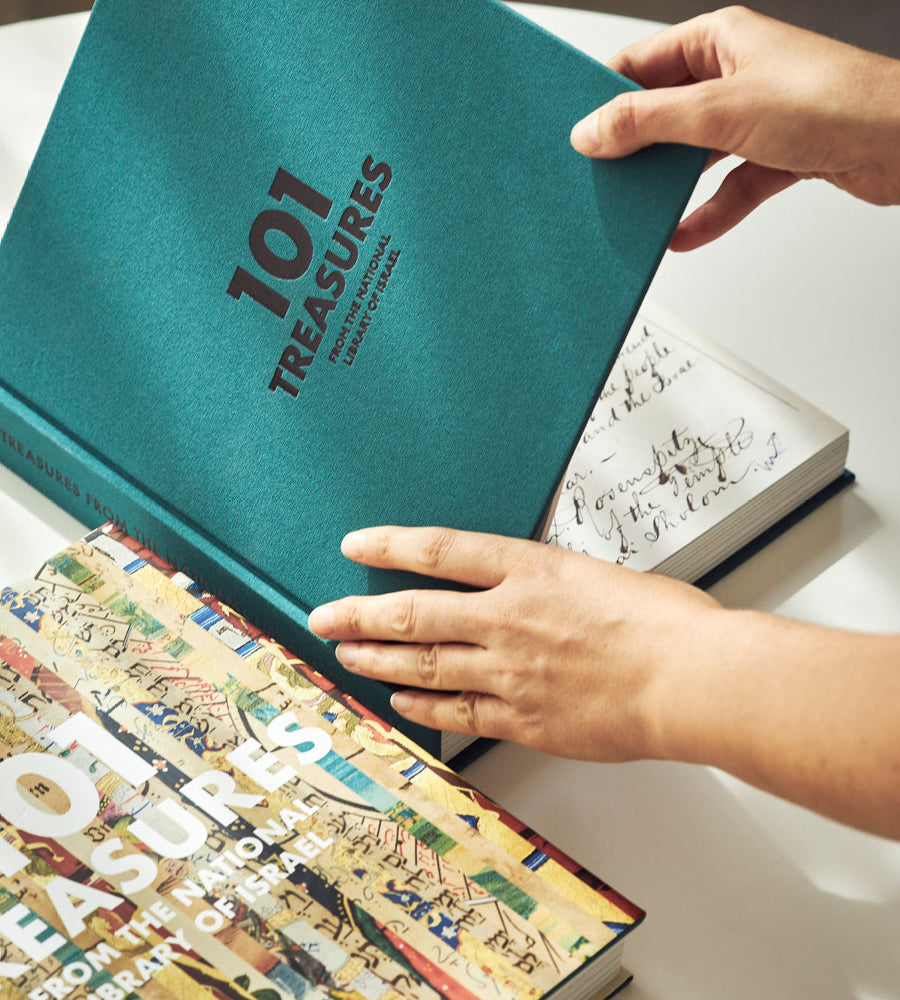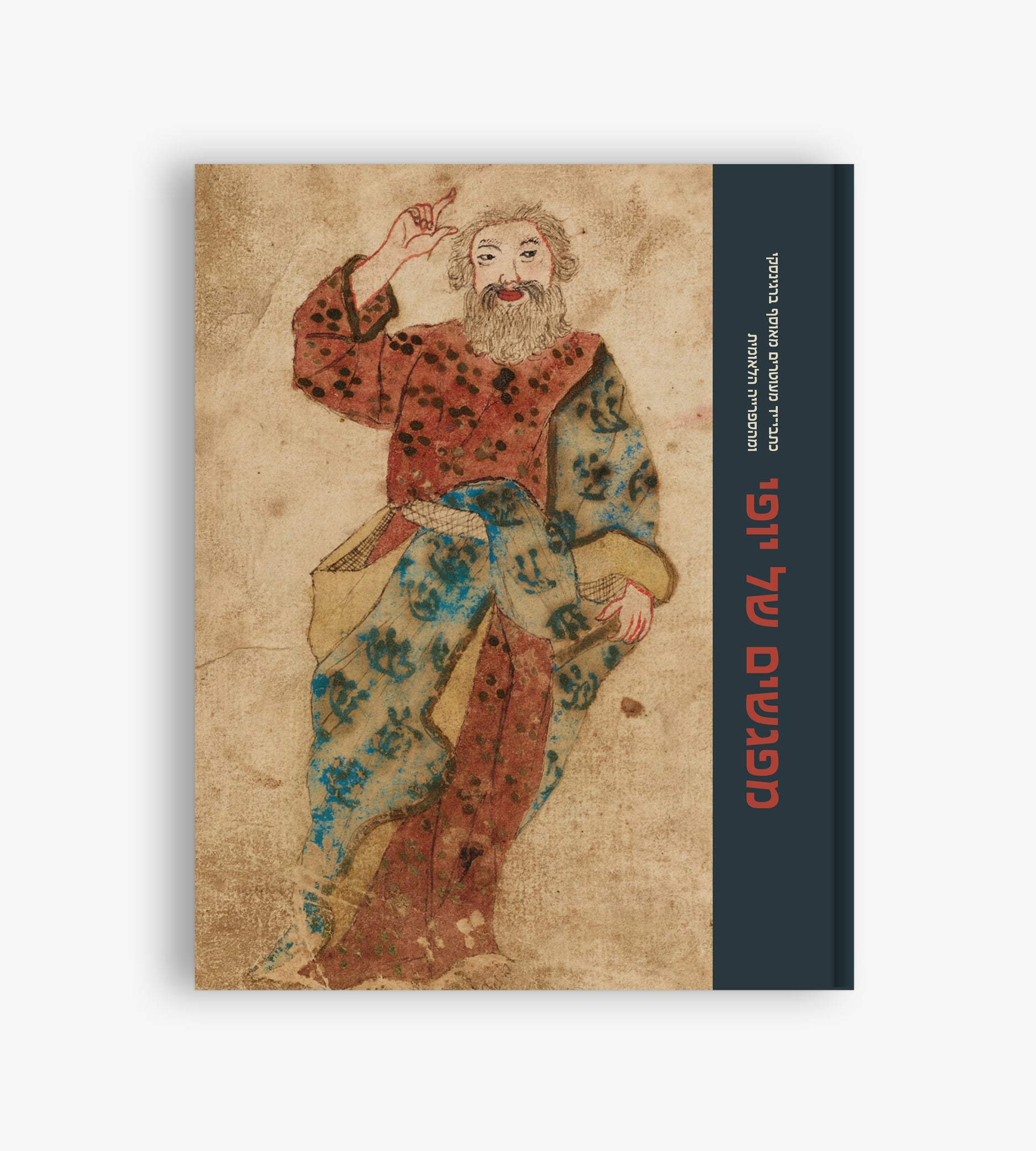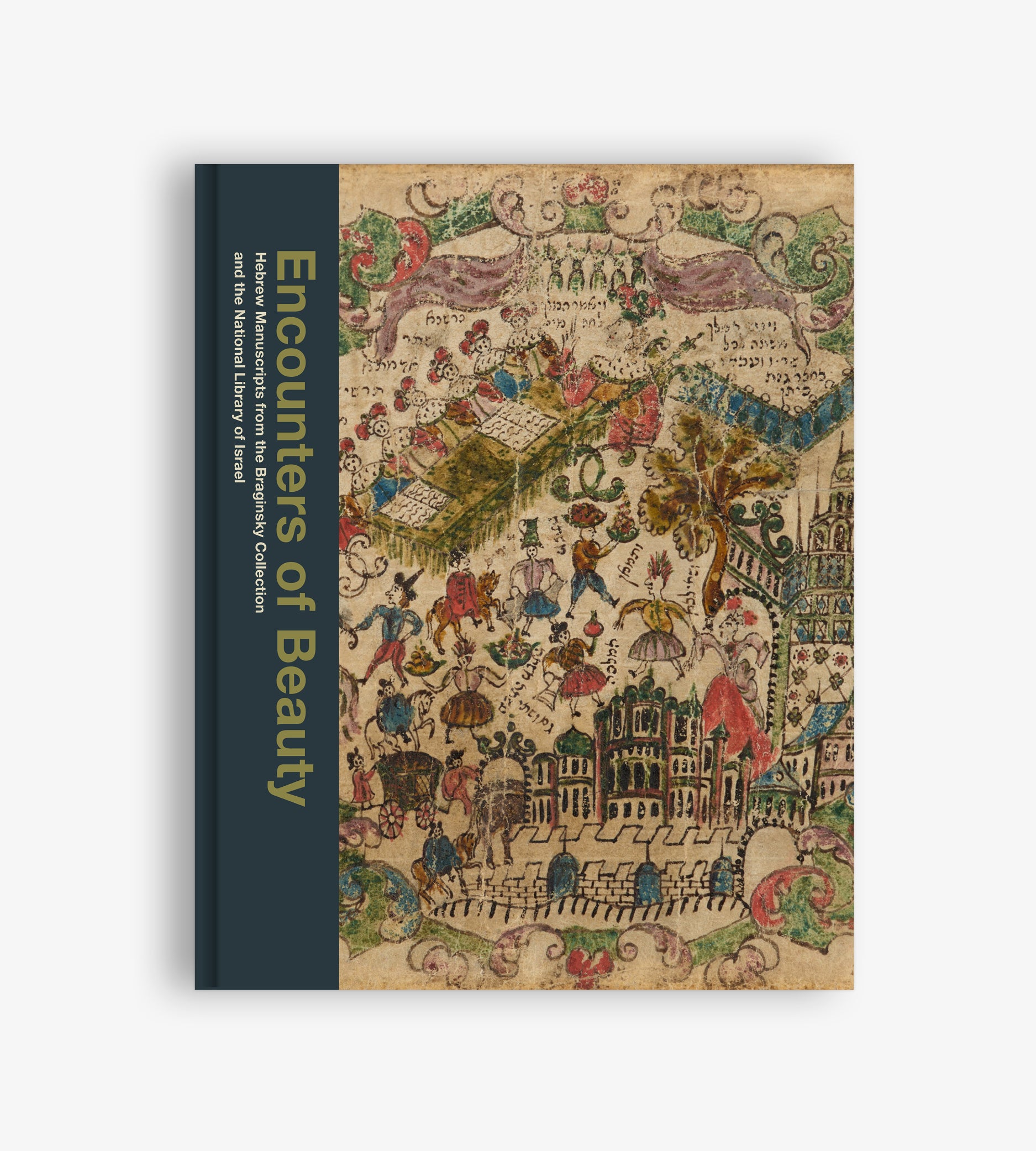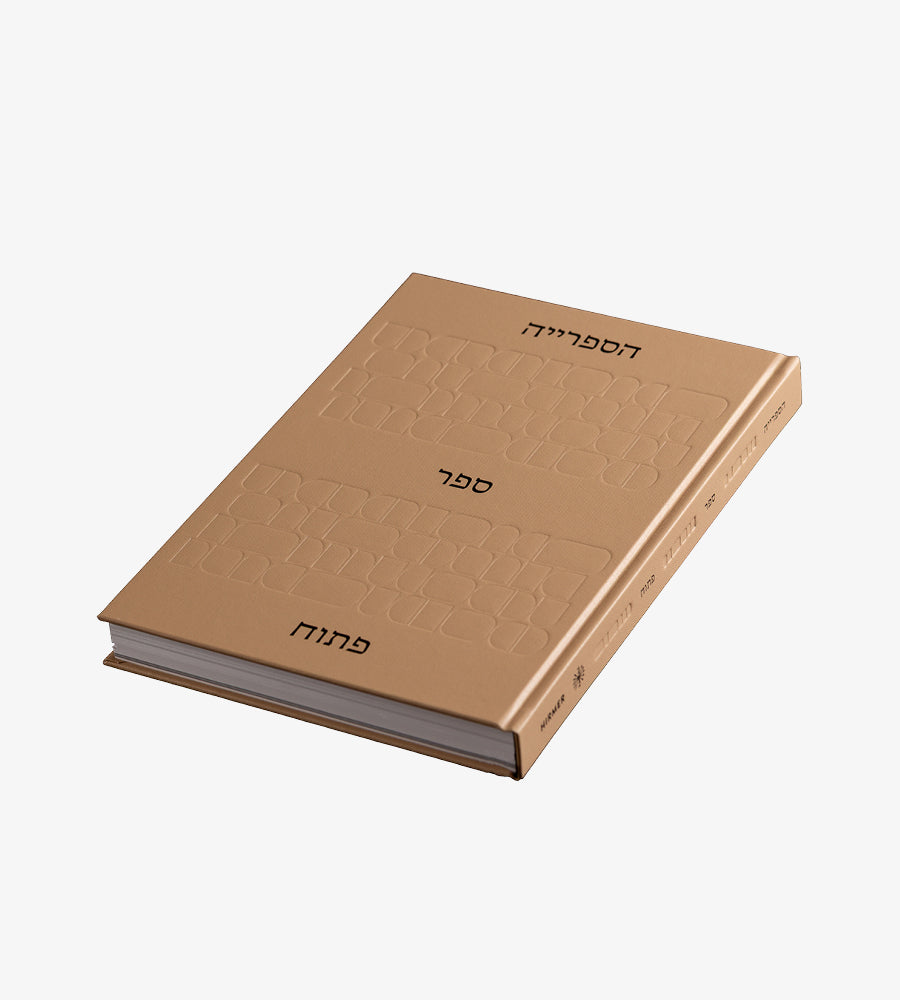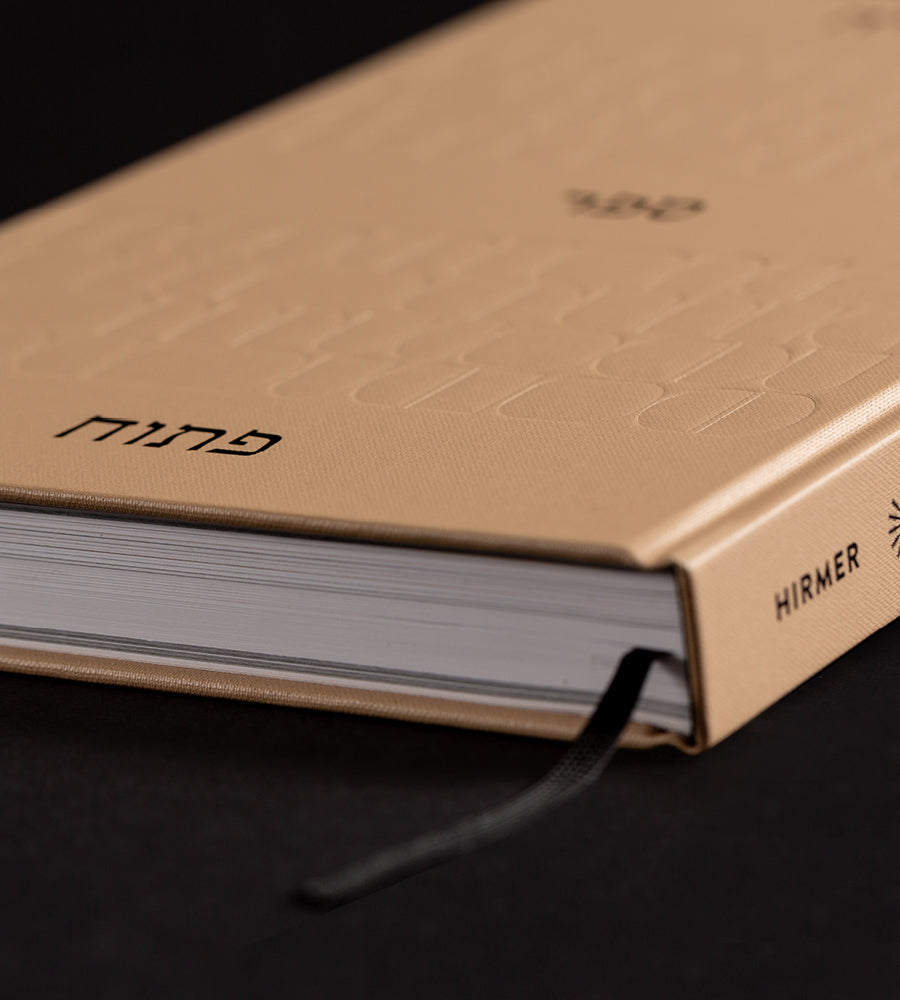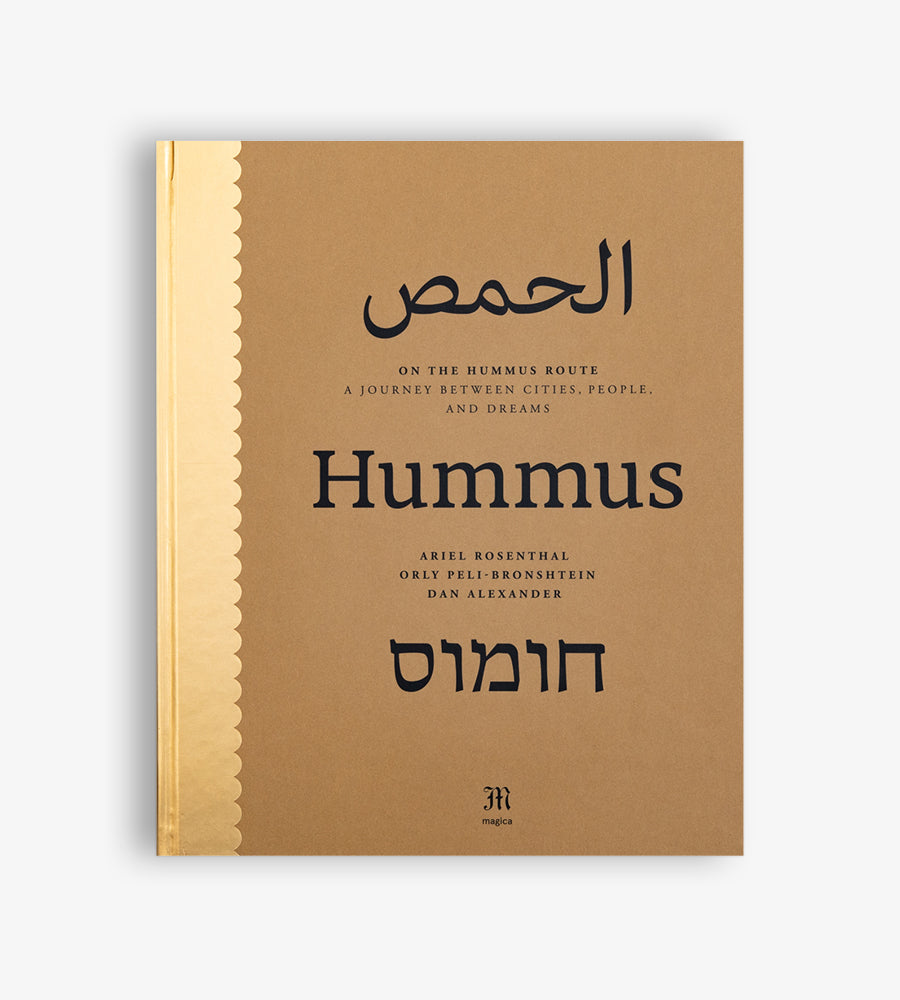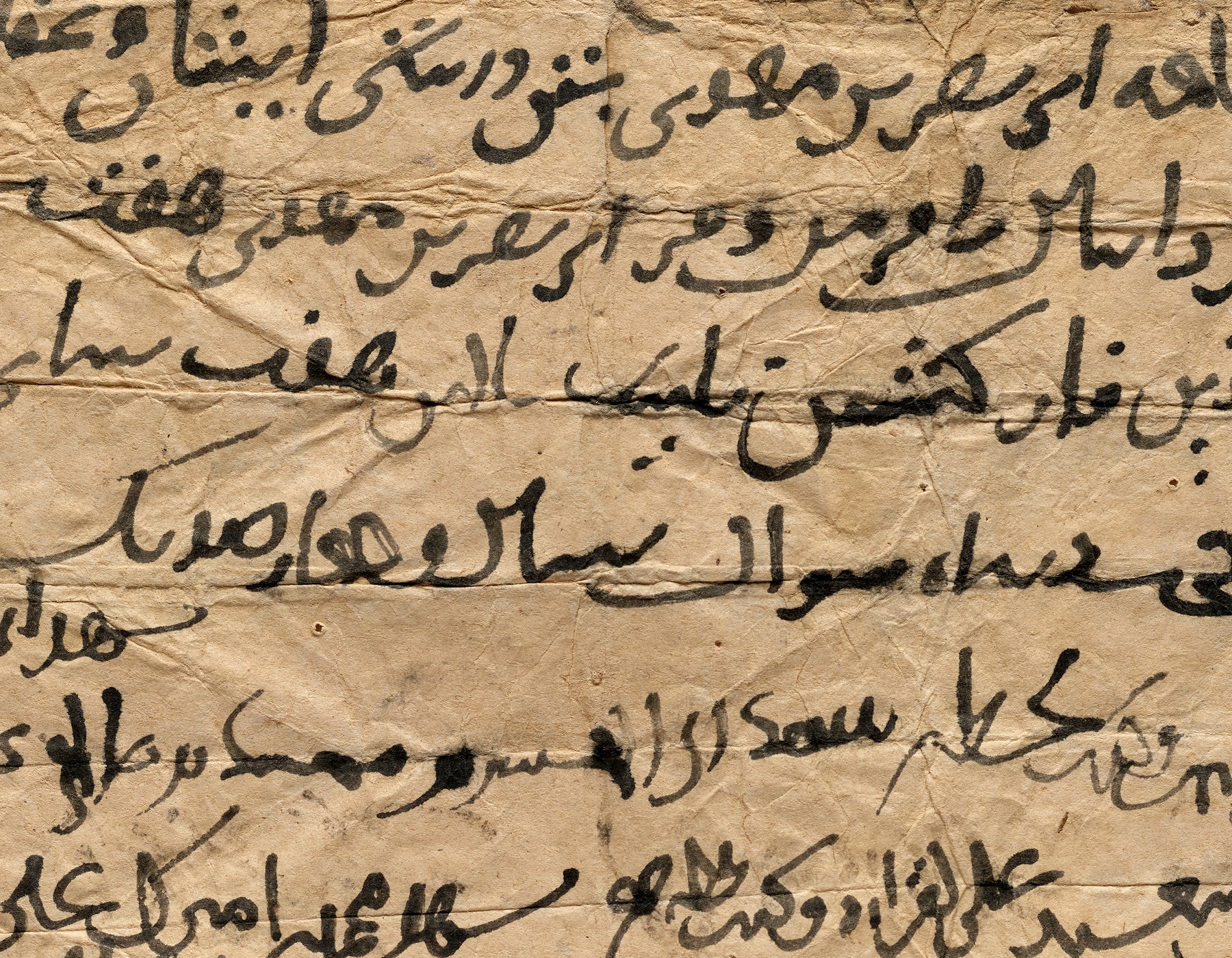
A Jewish Family on the Silk Road
Samuel Thrope and Ofir Haim

Abu Nasr b. Daniyal was not too shy to collect the money he was owed. A Jewish merchant, landowner, and moneylender, in May of 1011 he gathered two of his debtors and a handful of witnesses in his home city of Bamiyan, located in today’s central Afghanistan. The debtors, Ahmad b. Abu Talha and Abu Nasr b. Mahdi, signed a declaration, known in Islamic jurisprudence as an iqrar (acknowledgment), affirming their debt of seven silver coins. The Persian document states: “It is a binding obligation. We cannot revoke this as long as we do not deliver to him these seven shiyani. This document serves as evidence for him.”
This exceedingly rare text, shown on the following pages, opens a window onto the law, language, and everyday lives of those who lived just over a millennium ago. This and similar legal documents from the collection constitute the earliest extant Islamic legal documents written in Persian script. Yet, we can read much more about Abu Nasr thanks to his family archive, which was discovered in Afghanistan in the early 2000s.
This archive includes dozens of letters, account books, legal papers, and literary and religious works in Hebrew, Aramaic, Judeo-Arabic, Arabic, Persian, and Judeo-Persian. For example, one sheet of a Shabbat siddur is perfectly legible, as is a passage of the Avodah Zarah tractate from the Mishnah. In addition to these eleventh-century texts, there are also Islamic manuscripts dating to the late twelfth and early thirteenth centuries, just before Chinggis Khan’s destructive conquest of the region. The collection’s popular name — the Afghan Genizah, alluding to the more famous and much larger Cairene cache of Jewish papers – signifies its importance: these documents revolutionized the study of the eastern stretches of the medieval Islamic world.


